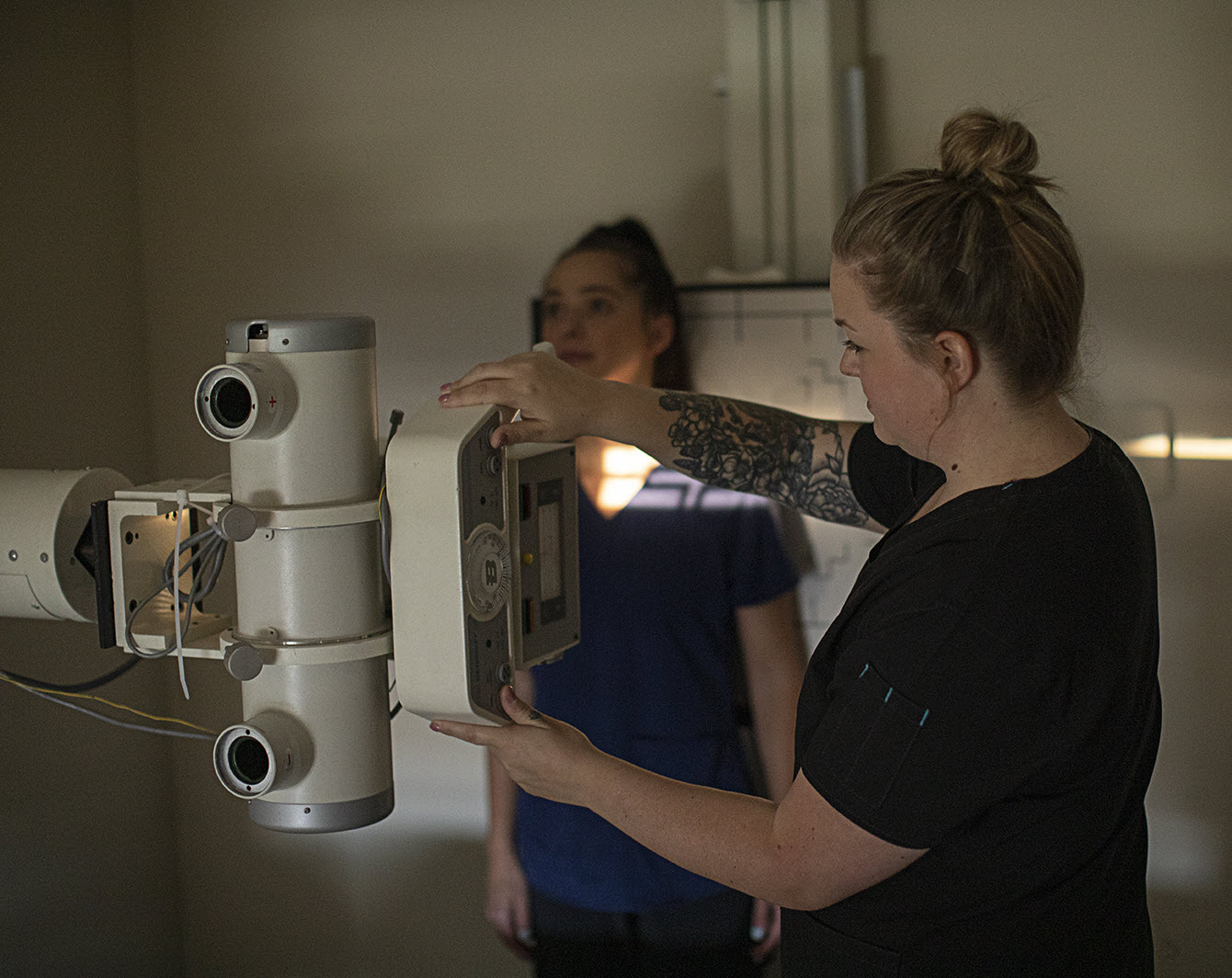Search as many physician jobs as you want on our job board, and we’re betting you won’t find any that require musical skills. Musical ability has nothing to do with providing quality medical care. But that has not stopped a group of physicians in suburban Chicago from not only learning to play, but also using their musical talents to thank nurses and support staff.
Imagine that moment the staff realized some of their doctors were wannabe rock stars. Imagine seeing a doctor you work closely with, day after day, doing his best Jimmy Buffet impression – just to make you smile. What recently happened at Central DuPage Hospital undoubtedly made a lot of people happy. The healthcare industry needs more of it.
Plenty of Bad News
We do not have to look far to find bad news in healthcare. There is plenty of it. From physician burnout to nurses leaving clinical work in droves, we could spend all day focusing on the problems. Those problems do need some attention, but they shouldn’t command all of our attention. There is more than enough good to focus on.
Some of that good was tapped into by Northwestern Medicine’s Dr. Anthony F. Altimari, M.D. According to the Daily Harald, Altimari’s love of music goes beyond just the music itself. He finds it therapeutic. When the stresses of his profession start getting to him, he picks up his guitar and goes to town.
Altimari is apparently not alone. He has made it his mission to encourage colleagues at Central DuPage to do the same thing. Many of them have. So much so that a bunch of them got together and put on a concert for hospital staff. The concert was a way for them to show their appreciation for how hard nurses and support staff worked during the COVID pandemic.
Doctors Are People Too
Physician jobs are a dime a dozen. That being the case, it is easy for the rest of us to forget that doctors are people too. They have families to take care of. They have bills to pay, houses to maintain, and cars that need to go into the shop for work. They also have their dreams and ambitions outside of medicine.
Some of the nursing staff at Central DuPage were probably shocked to discover that the doctors they work with are also wannabe rock stars. But why should that be so unusual? Music is universal. People love it wherever you go. Furthermore, far more people possess musical talent than actually use it to benefit others.
Your surgeon may have the steadiest hands in the business. And if so, you probably appreciate that. But perhaps those same hands are capable of performing guitar licks that would rival anything Jimmy Hendrix produced. Then again, maybe your highly skilled surgeon couldn’t carry a note in a bucket. You just don’t know.
The Good Side of Medicine
If nothing else, nurses and support staff at Central DuPage recently got a break from their stressful jobs. They got to enjoy the good side of medicine brought to them by a group of rocker doctors who just happen to be very good on their instruments. What a sight that must have been for the staff.
Are you currently on the hunt for good physician jobs? If so, remember that there is more to life than work. Do whatever job you eventually land to the best of your ability. But do not hesitate to pursue other interests as well. You might be able to use those interests to do something good for others.










